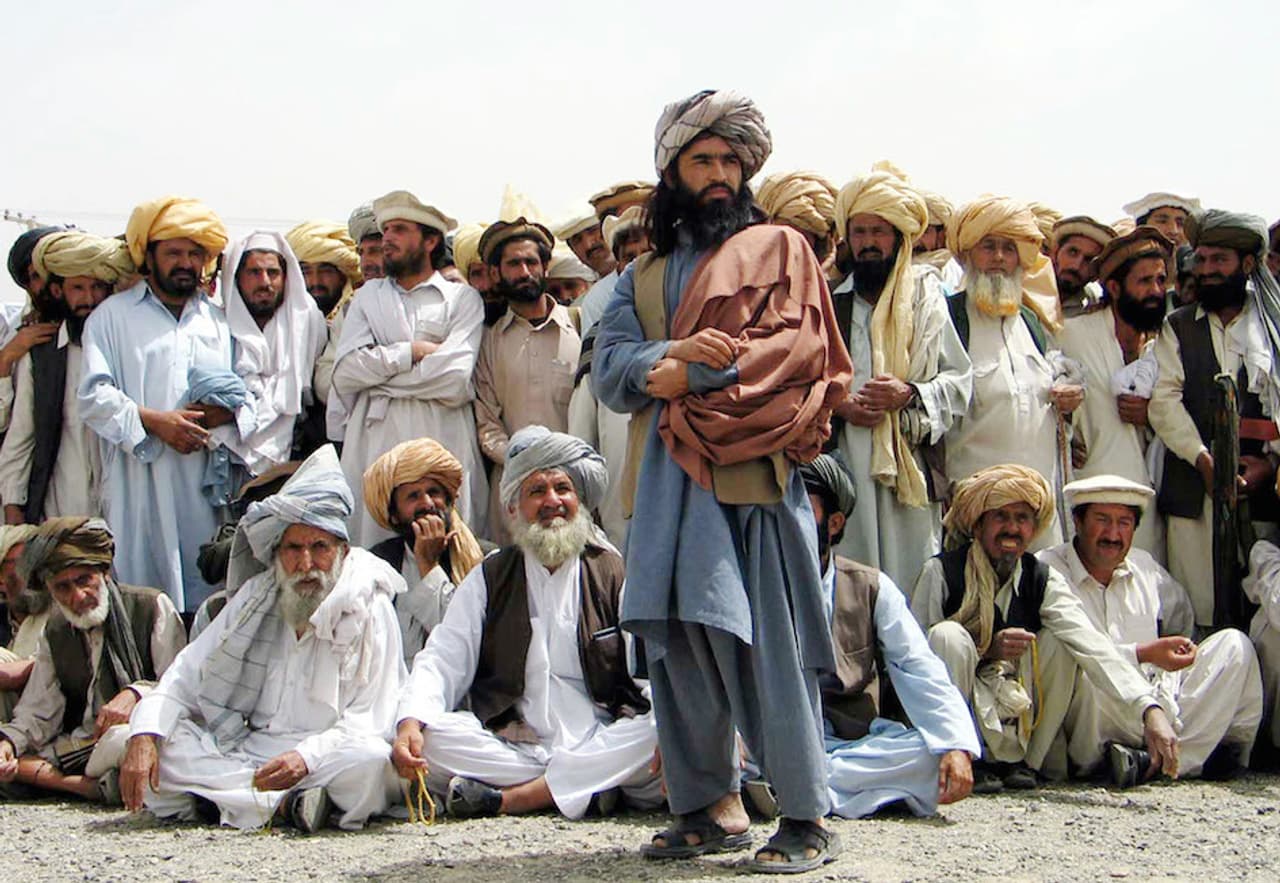
Podcast – Casualty Recording
Nek Mohammed, the first recorded casualty in the US drone war in Pakistan, attends a jirga in May 2004 – three weeks before his death (REUTERS/Kamran Wazir)
This week’s Drone News looks at casualty recording; how it’s done, and what we know about the victims of airstrikes by the US and its allies.
The Bureau’s Naming the Dead project has been trying for over a year to identify people killed in US drone strikes in Pakistan since 2004. Jack Serle told Owen Bennett-Jones that the project has used publicly available sources and independent reporting to add around 100 names to the list, bringing it to just over 700, but that more than 1500 victims remain unidentified.
Identifying the remaining victims is getting “increasingly difficult,” Serle said, explaining that when it comes to women and foreign fighters it often appears as if “nobody knows their names, even amongst local community.”
The Iraq Body Count’s Lily Hamourtziadou, who has been tracking civilian deaths in Iraq for more than eight years, cast light on an overlooked aspect of the campaign against the militant group Isis. According to Hamourtziadou, whilst the recent surge in violent deaths of civilians in Iraq is partly due to Isis, Iraqi government airstrikes have killed 1500 civilians since the end of last year.
The Bureau’s Abigail Fielding-Smith meanwhile raised the question of how the US’s new aerial campaign against Isis in Syria will be affected by the relative sophistication of casualty recording networks there. “Unlike other places where the US has launched aerial bombardment campaigns, there is an incredibly well-developed network of local casualty reporting there, because there’s been this civil war going on for the last two years,” she explained.
Follow Abigail Fielding-Smith and Jack Serle on Twitter. Subscribe to the Bureau’s drones podcast and newsletter and follow Drone Reads on Twitter to see what the team is reading.


